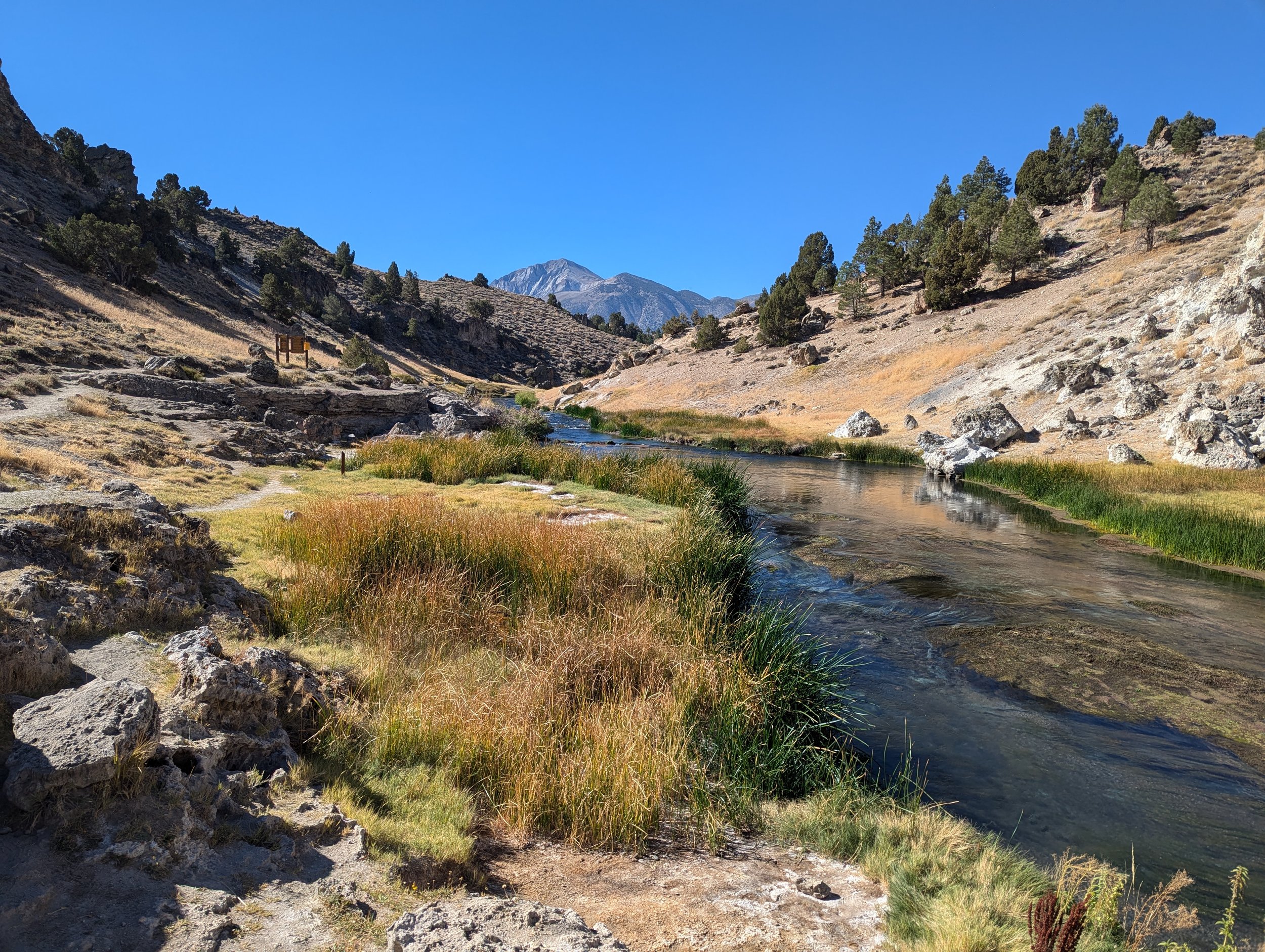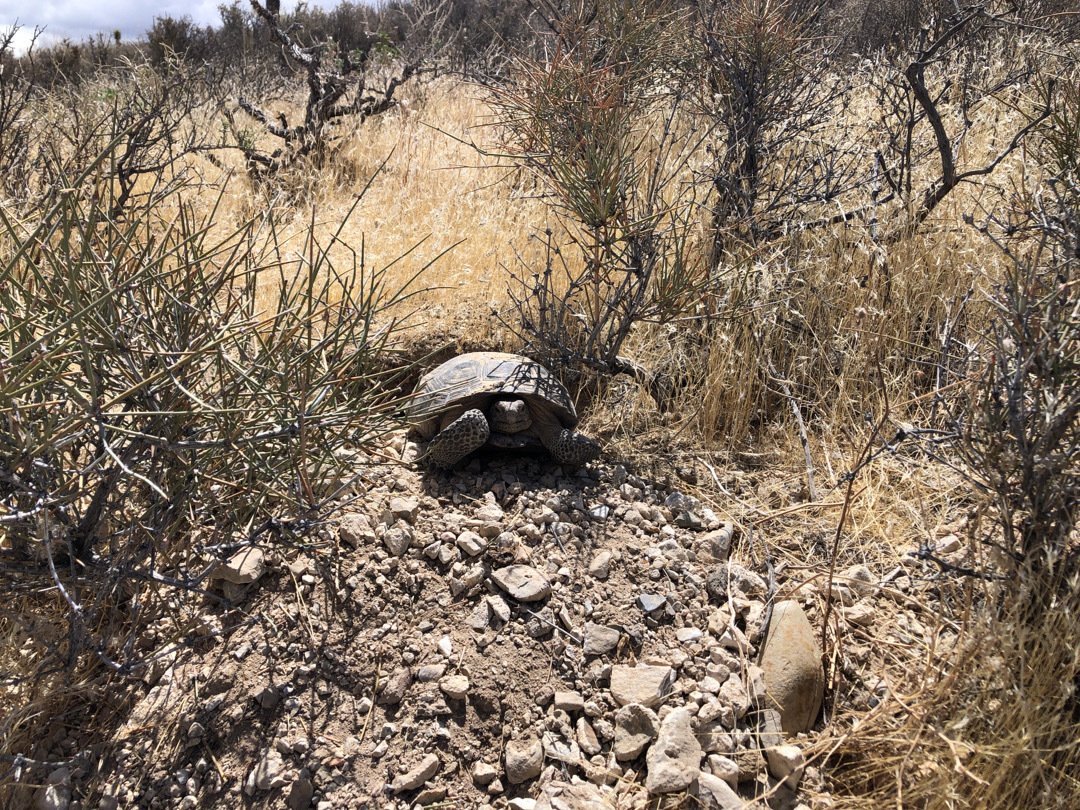
Projects
Eco Vita offers expert environmental guidance and support to facilitate a project’s success.
Eco Vita oversaw the biological monitoring of 19 abandoned mine shafts in Lander County, NV. These abandoned mines provide roosting habitats for approximately 23 species of bats. To ensure the protection of these species, Eco Vita adhered to the Project Abandoned Mine Lands Closure Plan, which was adapted from Bat Conservation International’s guidelines on managing abandoned mines for bats.
The data collected by Eco Vita staff played a vital role in ensuring the project’s compliance with environmental regulations and the conservation of the threatened desert tortoise.
Eco Vita’s deep understanding of the Conservation Credit System (CCS) program allowed us to effectively communicate between our client and the Sagebrush Ecosystem Technical Team, the government agency overseeing the CCS program.
From agency consultation to overseeing construction activities, Eco Vita assisted our client in the construction and operation of a proposed limestone quarry in northern Clark County.
Eco Vita conducted comprehensive pre-project surveys for onsite biological resources, focusing on desert tortoise and burrowing owl. The primary goal of these surveys was to gather essential biological data to support impact assessments required under the National Environmental Policy Act (NEPA) and the California Environmental Quality Act (CEQA).
Eco Vita conducted a thorough biological resource evaluation to determine the necessary surveys required for compliance with the National Environmental Policy Act and the California Environmental Quality Act. This evaluation involved an in-depth analysis of habitats for several key biological resources, including bats, Mojave desert tortoise, raptor nests, springsnail, Western Burrowing Owl, and Willow Flycatcher.











